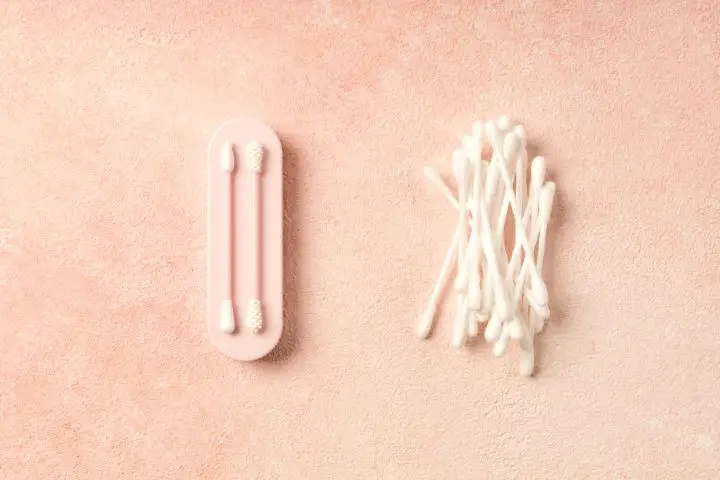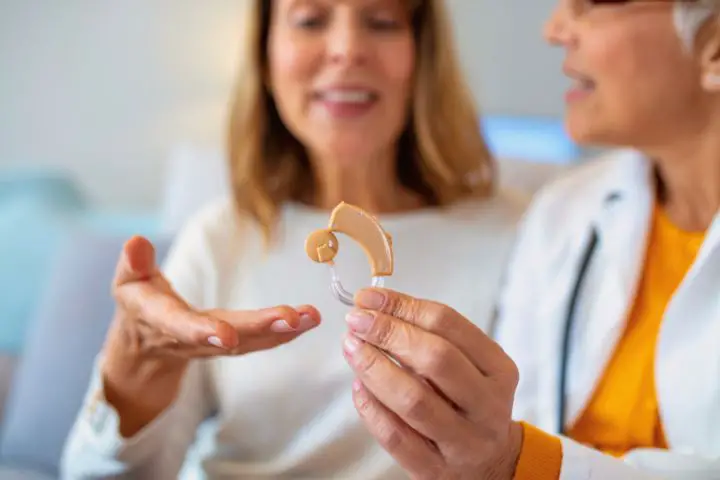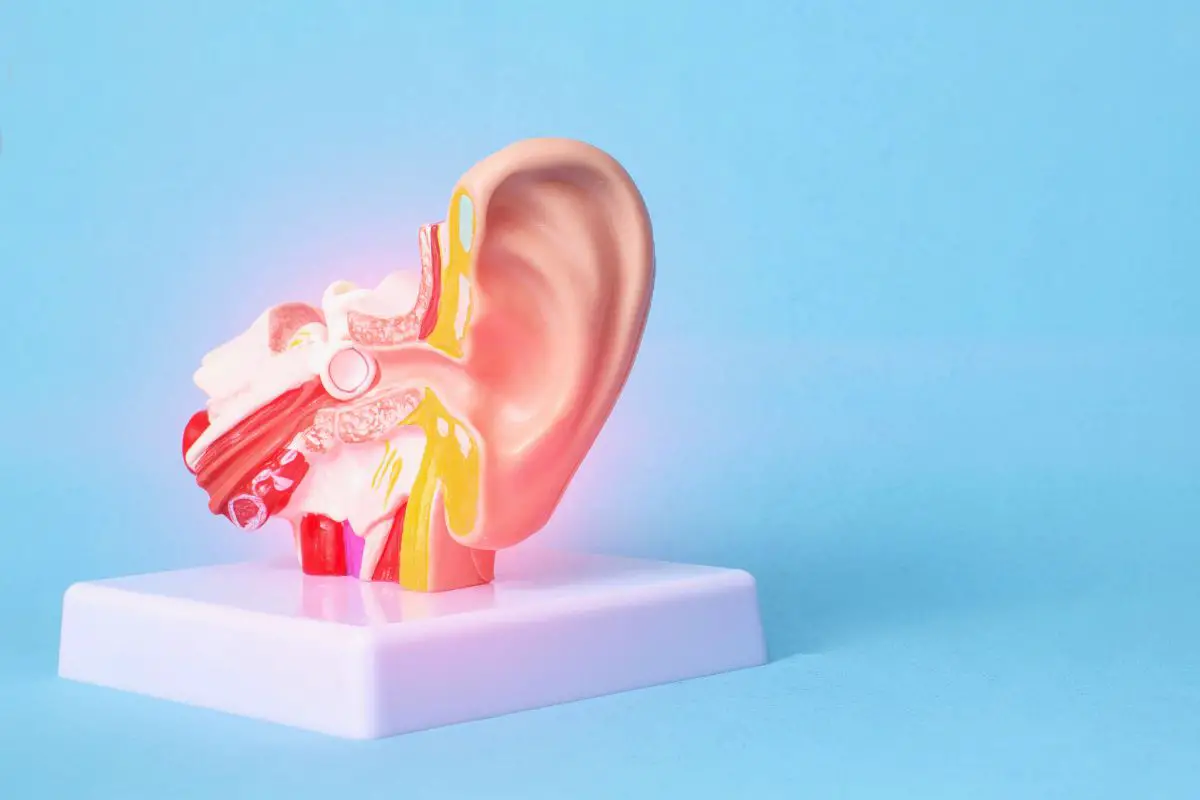Ear Care and Sustainable Products and Practices
As a sustainable freak, I am always wondering ‘is this recyclable?’ or ‘how much fossil fuel have we burned for these products?’… I can’t help it! When it comes to products that are essential for our health, sustainable practices are even more important as we simply can’t do without them! Ear care products are one of them!
It is essential to take good care of your body and mind. While most people see a physician regularly, they often ignore dental, ear, and eye care. In this article, we’ll focus on ear care. Not focusing on your ear care can lead to long-term problems when you’re older. Care includes protecting yourself from noise with earplugs and regularly cleaning your ears. Concerns about the planet’s future demand us to be sustainable in all our lives, including ear care.
Understanding Ear Care
Neglecting ear care can lead to diminished hearing in your senior years. However, the proper practices can preserve your auditory health and prevent this nightmare scenario. There are several mechanisms through which your ear health can be damaged:
- Recurrent Infections
Ear infections, also known as otitis, are a significant reason behind auditory function loss. Infections can happen in your middle ear, called otitis media, or on the external ear, called otitis externa or swimmer’s ear. These infections can cause temporary or permanent hearing loss, especially if they’re recurrent, as they interfere with sound transmission. If you get recurrent ear infections, consider booking an appointment with an ear doctor through a reputable service like HearCanada.
Proper care can prevent infections. You must maintain cleanliness and avoid exposure to contaminated water. If you go to a public swimming pool, ensure they change water frequently. You should also gently dry the ears after showering or swimming, as stagnant water in the ears will lead to microbial growth.

- Noise Pollution
Prolonged exposure to loud noise can diminish our hearing capabilities by damaging the delicate structure of the inner ear. Sudden exposure to high-intensity sound can also have such consequences.
Try to avoid high-noise environments as much as you can. If you are in a high-risk environment, such as working in a factory or on a highway, use earplugs or earmuffs to reduce the noise that gets in your ear. Never use your earphones at more than the recommended level, and avoid using them continuously for hours.
- Earwax Management
Earwax or cerumen is a natural substance your body produces to lubricate your ear canal. However, some people may have excessive earwax in their ears. Excessive earwax can block your ear canal, causing discomfort and hearing issues such as tinnitus, a continuous ringing sound in the ear. It may also cause temporary hearing loss.
You must clean your ears regularly to rid yourself of excessive earwax. While most people use cotton swabs to clean their ears, it can damage internal structures like the eardrum. Instead, use a damp cloth to clean the outer ear. If that doesn’t solve the issue, get a healthcare professional to remove the impacted wax.
- Age and Genetics
Age and genetics play a significant role in the loss of auditory function. The ear tissue degrades over time due to degenerative disease, and you may have issues with hearing high-frequency sounds. This age-related hearing loss is called presbycusis. Genetics also play a part in your ear’s health. Mutations in your ear genes may cause hereditary hearing loss.

- Trauma or Injury
Head injury or trauma can affect your hearing. Both physical trauma and barotrauma, or changes in air pressure, can affect your ear., damaging the delicate structure within the middle and inner ear and diminishing your hearing. Protecting your head in high-risk situations, such as wearing a bike helmet, is essential to prevent traumatic injury and loss of auditory function.
Sustainable Ear Care Products
You can use several preventative or therapeutic products to manage your ear health. Ensure that these products are sustainable. Here are some standard products you can use and how you can make them sustainable:
- Cotton Swabs
Cotton swabs, also known as Q-tips or cotton buds, are among typical ear care products. Generally, you should use cotton swabs cautiously, as they can damage your ear by pushing in the earwax too deep, which can cause injury, blockage, and temporary hearing loss due to eardrum damage. Avoid this by never inserting them in your ear canal and using them on your external ear only.
Traditional cotton swabs are made up of plastic, contributing to plastic waste. To use cotton buds sustainably, avoid them in favor of biodegradable cotton swabs made up of composite materials like bamboo or recycled paper. While plastic cotton buds will stay in the environment for a long time, bamboo or paper ones will eventually degrade.
Cotton swabs are intended for one-time use, causing you to use many. This adds to landfill pollution. You can avoid this by using reusable swabs, which are sustainable. These are made of silicone and have removable and replaceable cotton tips. After use, you can wash and reuse the cotton tip.

- Earplugs
Earplugs are a handy tool to reduce your ears’ exposure to noise pollution. You can also use them to protect the ears from water, dust, or other irritants. Swimmers often use them to prevent Swimmer’s Ears.
Opt for biodegradable earplugs over plastic ones, as they are more eco-friendly. Foam earplugs are widely used, made of soft foam that expands in the ear canal. These significantly reduce noise levels and are biodegradable. However, they contribute to waste as they are disposable and intended for one-time use only. As an alternative, some people use wax earplugs that are moldable and so will fit your ear easily. They are made up of a blend of wax and other natural materials. These are biodegradable, and you can wash and reuse them. However, they do not provide as much noise reduction as foam earplugs.
Silicone earplugs are another option that will provide effective noise reduction and are reusable. They are made up of soft and pliable silicone. You can wash and reuse them multiple times and get protection from noise pollution.
Some companies also make biodegradable earplugs from natural materials, like organic cotton or natural latex. They break down in the environment more readily than other options and are considered environmentally friendly.
- Hearing Aids
When your auditory function diminishes, and you cannot hear well, a doctor will prescribe you hearing aids. They are electrical devices that amplify sound enabling you to hear correctly. A hearing aid comprises several components, like a microphone which picks up sounds and converts them into electric signals, an amplifier that increases the signal strength, a receiver that converts the amplified signals into sound waves and directs them to the user’s ear canal, and a battery to provide energy. Typically, you use small button-cell batteries for hearing aids.

You can ensure the sustainable use of hearing aids by using rechargeable batteries instead of disposable ones. They will reduce your waste production. You don’t need frequent battery replacements with rechargeable batteries either, adding to their convenience. If you no longer need your hearing aid, consider donating your unused or partially used disposable or rechargeable batteries to charity. This helps the less privileged and reduces waste production.
Be mindful of your energy usage to ensure sustainability. Turn off your hearing aids when not in use to ensure their battery lasts longer. Keep your device clean and well-maintained to optimize its efficiency. These practices ensure energy efficiency in your hearing aids. When disposing of your batteries, consider recycling them. In some places, you may find designated recycling programs or drop-off locations for batteries to be recycled.
- Earwax Removal Kits
Earwax removal kits are products designed to remove excess earwax from the ear canal safely. This procedure requires proper care and caution, and it is preferable to get your earwax removal done by a healthcare professional.
Earwax removal kits include ear drops to soften earwax so it is easier to remove. Typical ear drops contain saline, hydrogen peroxide, or mineral oil. You can also use an ear syringe to introduce these chemicals into the ear canal and soften the earwax. Then, ear curettes, ear picks, or loops can carefully remove the softened earwax.
Use reusable earwax removal tools like curettes or loops to produce less waste. And get them made from an easy-to-clean and durable material, like medical-grade stainless steel or plastic. Sanitize them after each use. Consider a minimal and targeted use of these kits. Not only will doing so generate less waste, but it will also be safer, as overuse of these kits can cause harm or irritation to the ear canal. Consider using sustainable natural remedies to remove earwax instead of a lot. For example, warm olive oil can soften the wax over time.

Endnote
Taking proper care of your ear when you’re young can improve your quality of life when you are older. Practice sustainability in your daily life, including your ear care habits. Instead of using disposable Q-tips, earplugs, or hearing aid batteries, use reusable alternatives. Try using either biodegradable or durable, long-lasting versions of these products. Remember to reduce your purchases and buy consciously.
Recycle your batteries or earplugs, and donate your old hearing aids and batteries instead of throwing them away. Try natural remedies for earwax blockage instead of using removal kits often. Talk to your doctor and care for your ear health while practicing sustainable living. In this way, your ears will serve you well for a long time.






